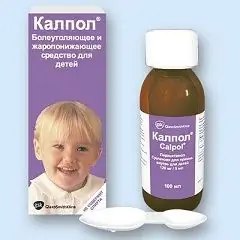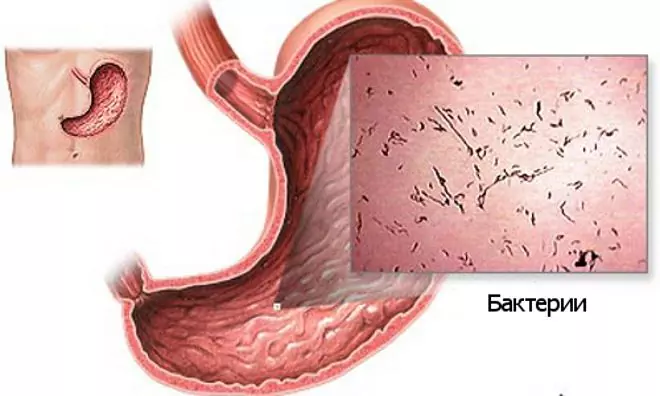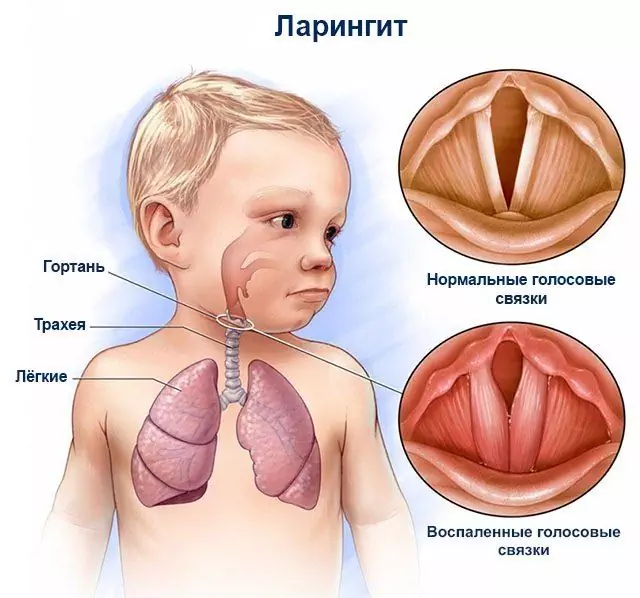- Author Rachel Wainwright [email protected].
- Public 2023-12-15 07:39.
- Last modified 2025-11-02 20:14.
Calpol
Calpol: instructions for use and reviews
- 1. Release form and composition
- 2. Pharmacological properties
- 3. Indications for use
- 4. Contraindications
- 5. Method of application and dosage
- 6. Side effects
- 7. Overdose
- 8. Special instructions
- 9. Use in childhood
- 10. In case of impaired renal function
- 11. For violations of liver function
- 12. Drug interactions
- 13. Analogs
- 14. Terms and conditions of storage
- 15. Terms of dispensing from pharmacies
- 16. Reviews
- 17. Price in pharmacies
Latin name: Calpol
ATX code: N02BE01
Active ingredient: paracetamol (paracetamol)
Producer: Aspen Bad Oldesloe, GmbH (Germany), Glaxo Wellcome, GmbH & Co (Germany)
Description and photo updated: 2019-27-08

Calpol is an analgesic-antipyretic with analgesic and antipyretic effects for children aged 3 months to 6 years.
Release form and composition
Dosage form - suspension for oral administration for children: pink, has a strawberry smell (70 or 100 ml in dark glass bottles, in a cardboard box 1 bottle complete with a measuring spoon with divisions 2.5 and 5 ml, as well as instructions for application of Kalpol).
Active ingredient: paracetamol, in 5 ml of suspension - 120 mg.
Additional components: purified water, sugar syrup, gum, glycerol, methyl parahydroxybenzoate, sorbitol solution 70%, flavor, carmoisin (E122).
Pharmacological properties
Pharmacodynamics
Calpol is an antipyretic analgesic. It has an analgesic, antipyretic effect. The mechanism of action of the active substance, paracetamol, is associated with inhibition of prostaglandin synthesis. It does not affect water-electrolyte metabolism (it does not lead to water and sodium retention), it also does not have a damaging effect on the mucous membrane of the gastrointestinal tract.
Pharmacokinetics
After taking the Calpol suspension inside, C max (maximum concentration of the substance) of paracetamol is reached in 30-90 minutes. The value of the ratio of V d (volume of distribution) and bioavailability in adults, children and newborns is approximately the same.
Paracetamol metabolism occurs in the liver, resulting in the formation of several metabolites. The main metabolite in newborns and children under 10 years old is paracetamol sulfate, in children 12 years old and older - conjugated glucuronide. In the case of a lack of glutathione, these metabolites can block the enzyme systems of hepatocytes, which leads to their necrosis.
T 1/2 (half-life) - from 1.5 to 2.5 hours.
Approximately 85-95% of paracetamol is excreted by the kidneys within 24 hours, in the form of an unchanged substance - up to 4%.
Indications for use
- Decrease in elevated body temperature due to childhood infections, influenza, acute respiratory diseases, post-vaccination reactions and other conditions;
- Relief of pain syndrome of mild to moderate intensity, including headache and toothache, neuralgia, muscle pain, pain in trauma and burns.
Contraindications
Absolute:
- Deficiency of glucose-6-phosphate dehydrogenase;
- Diseases of the blood;
- Severe renal and / or liver dysfunction;
- Children up to age 1 month;
- Individual hypersensitivity to drug components.
Relative (Calpol for children should be used with extreme caution and only as directed by a doctor):
- Age from 1 to 3 months;
- Rotor Syndrome;
- Dubin-Johnson syndrome;
- Gilbert's syndrome;
- Mild to moderate renal or hepatic impairment.
Calpol, instructions for use: method and dosage
Suspension Calpol should be taken orally 1-2 hours after meals with plenty of liquid. The drug should not be diluted.
Recommended single doses for children, depending on their age:
- 3-12 months: 2.5-5 ml suspension (60-120 mg paracetamol);
- 1-6 years: 5-10 ml suspension (120-240 mg paracetamol).
The frequency of admission is 3-4 times a day, at least at 4-hour intervals.
The duration of therapy depends on the purpose of the drug. If Calpol is prescribed as an antipyretic agent - up to 3 days, as an analgesic agent - up to 5 days.
Side effects
When taken in recommended doses, paracetamol rarely causes serious side effects. In some cases, it is possible:
- From the gastrointestinal tract: abdominal pain, nausea, vomiting;
- Allergic reactions: skin rash, itching, urticaria, Quincke's edema;
- From the hematopoietic system: rarely - agranulocytosis, leukopenia, thrombocytopenia, anemia.
With prolonged use of Calpol in high doses, there is a risk of developing hepatotoxic and nephrotoxic effects, methemoglobinemia and pancytopenia.
Overdose
The main symptoms: the most frequent and early ones - increased sweating, pallor of the skin, stomach pains, nausea, vomiting; after 1-2 days, there may be signs of liver damage, manifested in the form of pain in the liver, increased activity of liver enzymes, increased prothrombin time. In severe cases, encephalopathy, hepatonecrosis, liver failure, and coma are observed.
Therapy: gastric lavage, the use of enterosorbents (activated carbon, polyphepan), intravenous administration of the antidote - N-acetylcysteine, or oral administration of methionine.
If symptoms of an overdose appear, you must immediately cancel the drug and seek medical help.
special instructions
During the use of Calpol, you should not prescribe other drugs containing paracetamol, because it is fraught with overdose.
With long-term treatment (more than 5-7 days), it is necessary to monitor the peripheral blood picture and the functional state of the liver.
When prescribing the drug to patients with diabetes mellitus, it should be borne in mind that the suspension contains sugar.
Paracetamol affects the results of laboratory tests conducted to determine the content of uric acid and glucose in blood plasma.
If a high temperature persists for 3 days or more than 5 days - pain syndrome, you should consult a doctor.
Pediatric use
- up to 1 month: therapy is contraindicated;
- 1-3 months: Calpol should be used with caution, the appropriateness of therapy is determined by the doctor individually.
With impaired renal function
- severe impairment of renal function: therapy is contraindicated;
- mild to moderate renal dysfunction: Calpol should be used under medical supervision.
For violations of liver function
- severe hepatic dysfunction: therapy is contraindicated;
- syndrome of Gilbert, Rotor and Dubin-Johnson, mild to moderate liver dysfunction: Calpol should be used under medical supervision.
Drug interactions
- Barbiturates, tricyclic antidepressants, anticonvulsants (for example, phenytoin), rifampicin, phenylbutazone, ethanol: the risk of developing the hepatotoxic effect of paracetamol is significantly increased;
- Salicylates: the nephrotoxic effects of paracetamol increase;
- Chloramphenicol: its toxic properties increase;
- Indirect anticoagulants: their effect is enhanced;
- Uricosuric drugs: their effect is weakened.
Analogs
Calpol's analogs are: Paracetamol, Panadol for children, Paracetamol for children, Daleron, Acetaminophen, Tylenol, Panadol Baby, Infant, Prohodol.
Terms and conditions of storage
Store at temperatures up to 25 ºС in a place protected from light, out of reach of children.
The shelf life is 3 years.
Terms of dispensing from pharmacies
Available without a prescription.
Reviews about Kalpola
Reviews about Kalpole are different. Some were satisfied with the effect of the drug, indicating its high efficiency and good tolerance. In other cases, either an insufficient therapeutic effect is noted, or the development of side effects, mainly allergies. The cost of the syrup is assessed as reasonable.
Price for Calpol in pharmacies
The approximate price for Calpol for children (1 bottle of 100 ml) is 80-91 rubles.

Maria Kulkes Medical journalist About the author
Education: First Moscow State Medical University named after I. M. Sechenov, specialty "General Medicine".
Information about the drug is generalized, provided for informational purposes only and does not replace the official instructions. Self-medication is hazardous to health!






